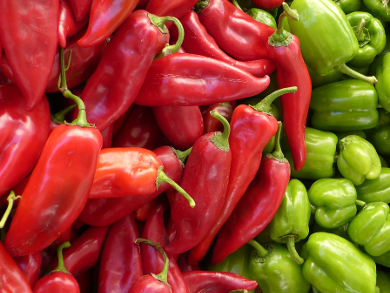Capia Peppers are used as fresh vegetables or they are processed in spices, ketchups, salsas, various meat products, snacks and soups. When peppers are processed, the seeds are removed and mostly utilized as animal feed. The chemical composition of the disc-shaped seeds has been reported as 26 % oil, 6 % moisture and 77 % dried extracted meal, which consists mostly of protein and fiber. As the oil of pepper seeds is very rich in linoleic acid, an essential fatty acid, as well as sterol and tocopherol, recovering it could have an economic impact.
Emin Yilmaz, Çanakkale Onsekiz Mart University, Çannakkale, Turkey, and colleagues analyzed various physico-chemical parameters, thermal parameters, volatile aromatic composition, and consumer reception of cold-pressed pepper seeds from three different samples: one pre-treated by enzymes, one pre-treated by roasting and untreated control samples. Unfortunately, all three kinds of cold-pressed pepper seed oils are not appreciated by consumers, due to the woody and earthy smell of the oil. Hence, cold-pressing is not a suitable technique for the production of pepper seed oil, as the oil will need further refinement or deodorization.
- Cold pressed capia pepperseed (Capsicum Annuum L.) oils: Composition, aroma, and sensory properties,
E. Yılmaz, E. S. Arsunar, B. Aydeniz, O. Güneşer,
Eur. J. Lipid Sci. Tech. 2015.
DOI: 10.1002/ejlt.201400276




